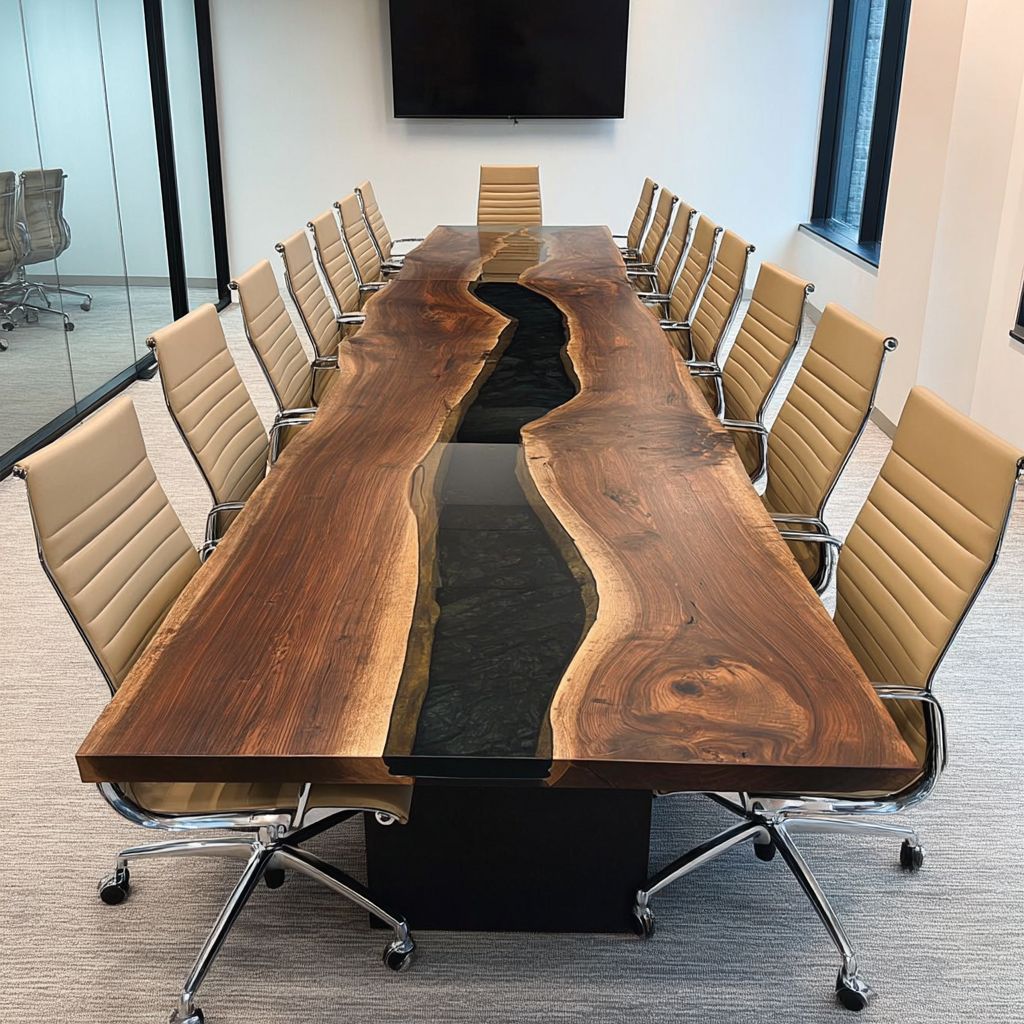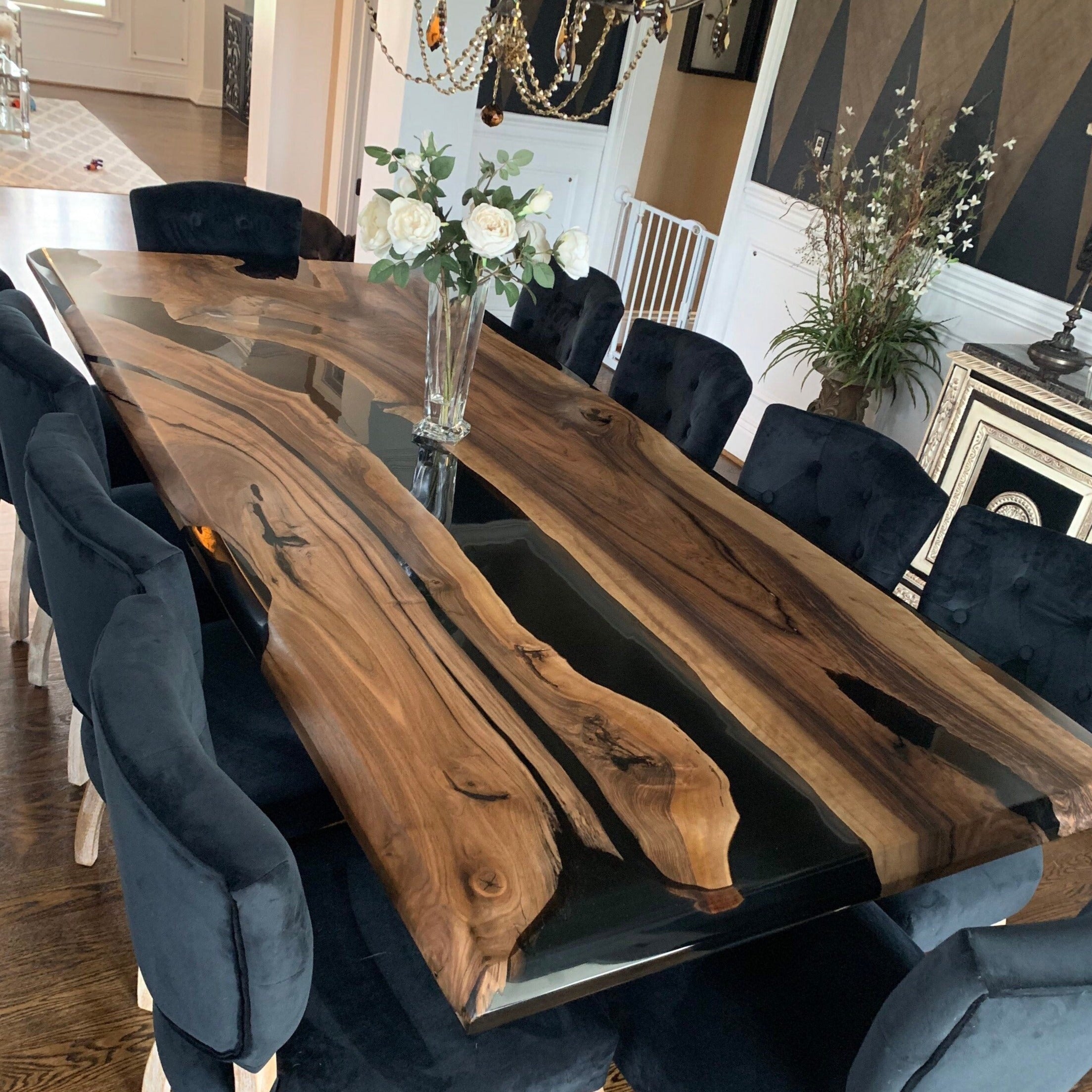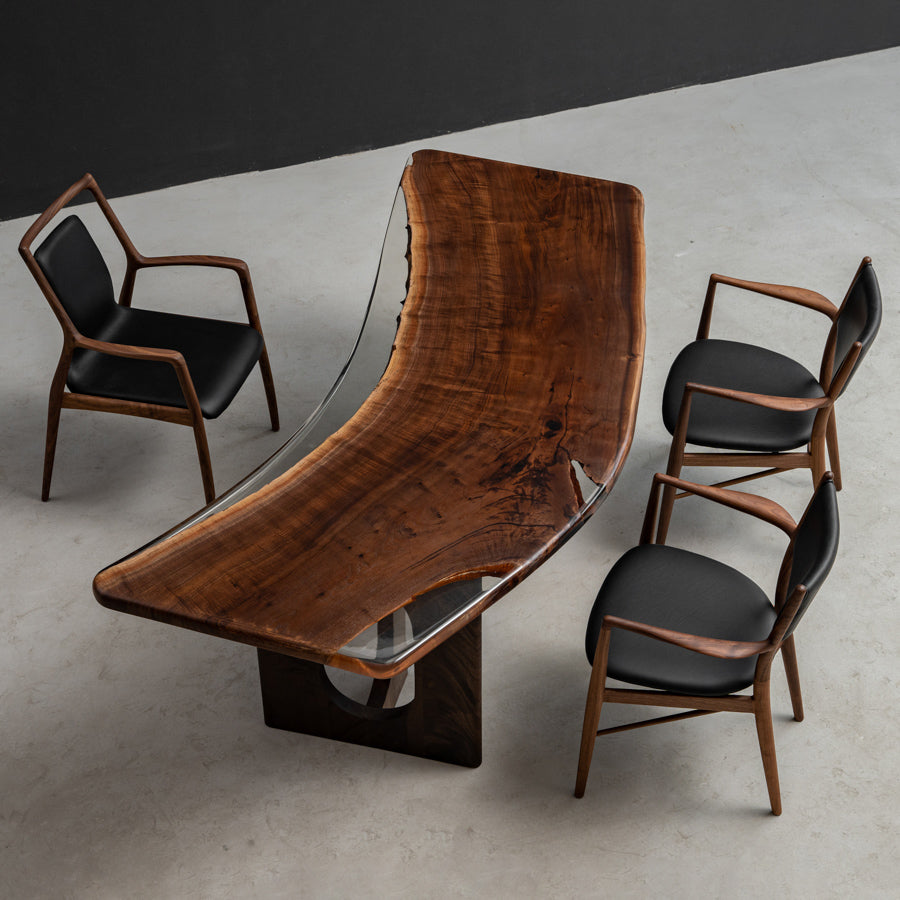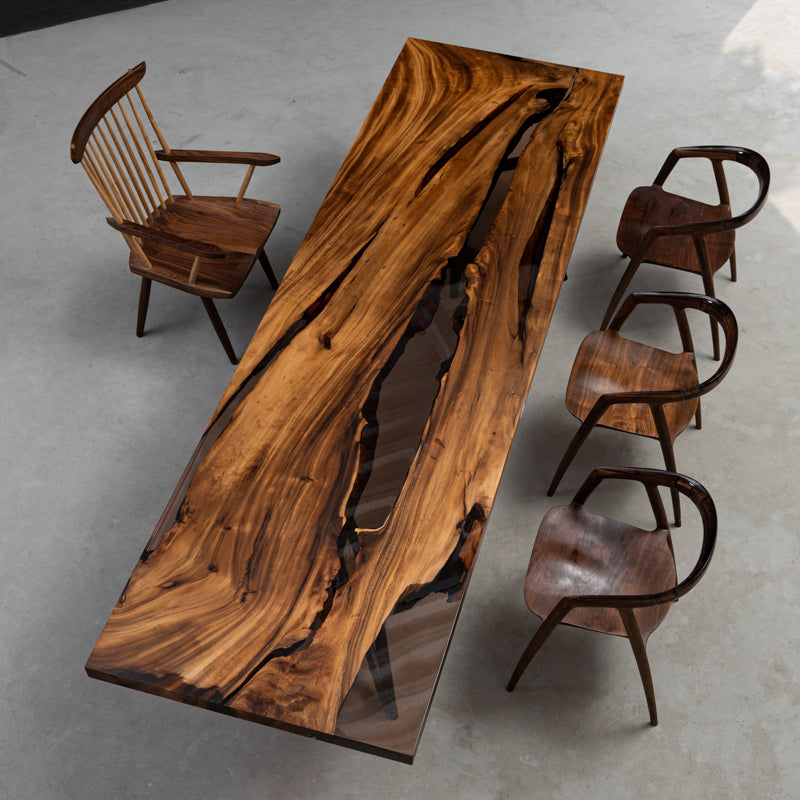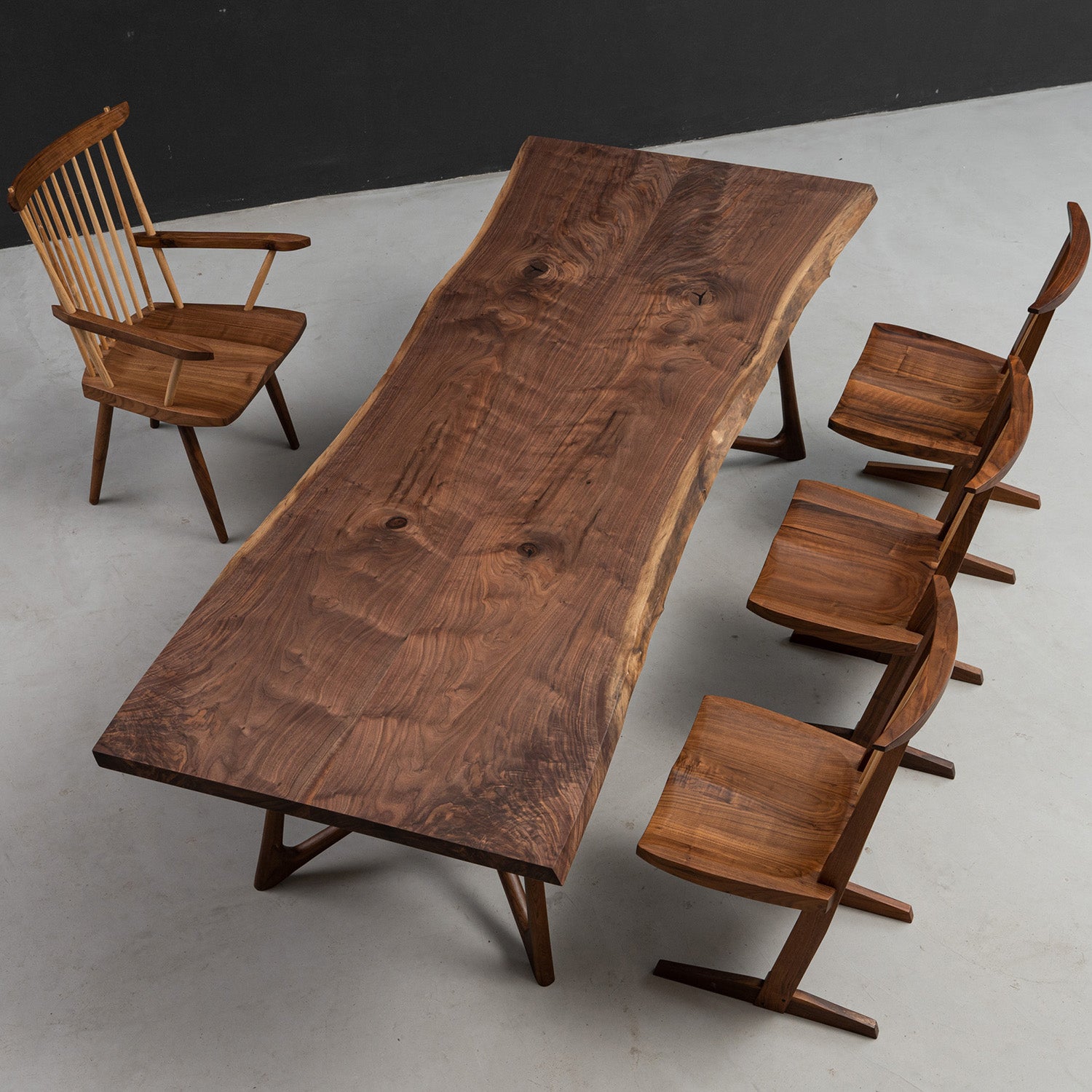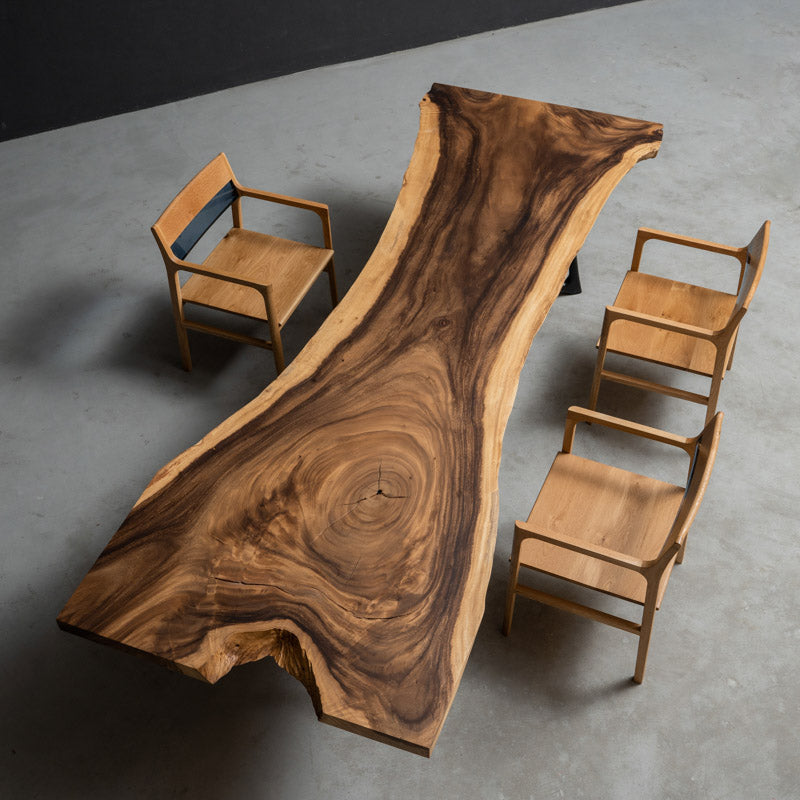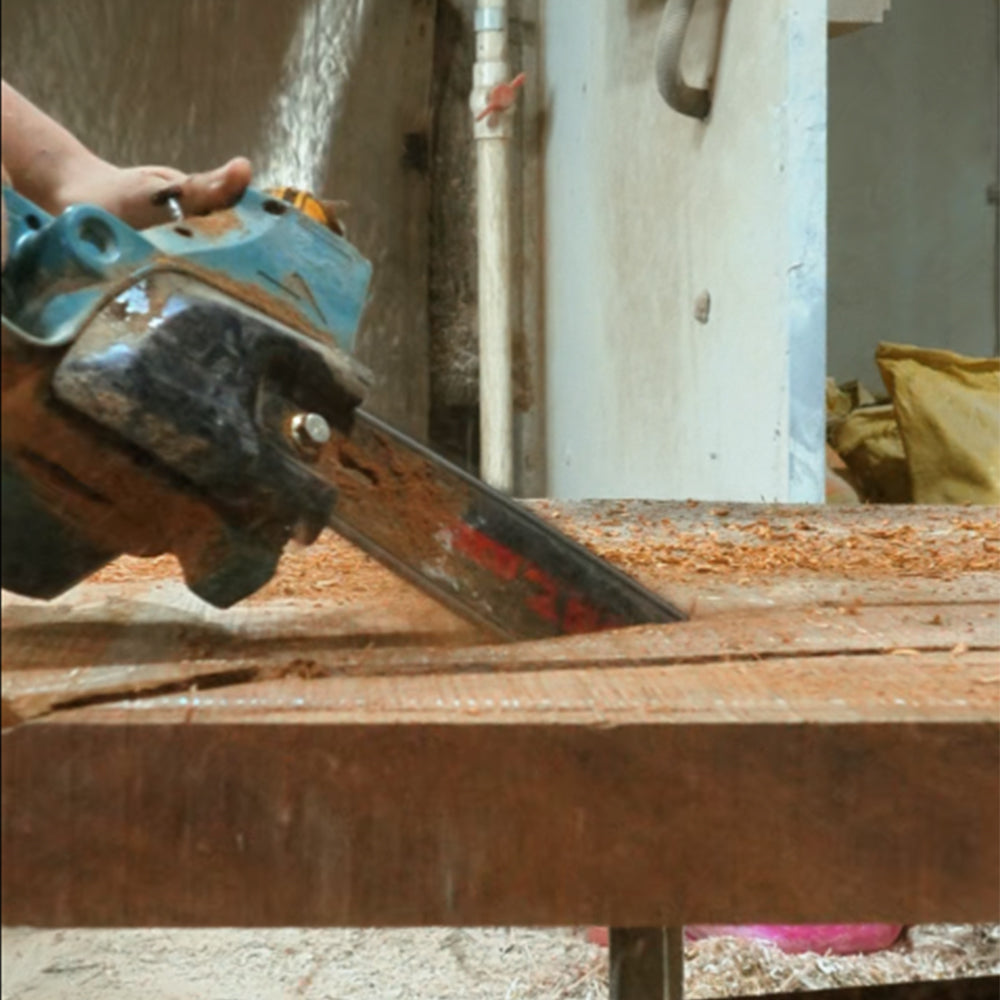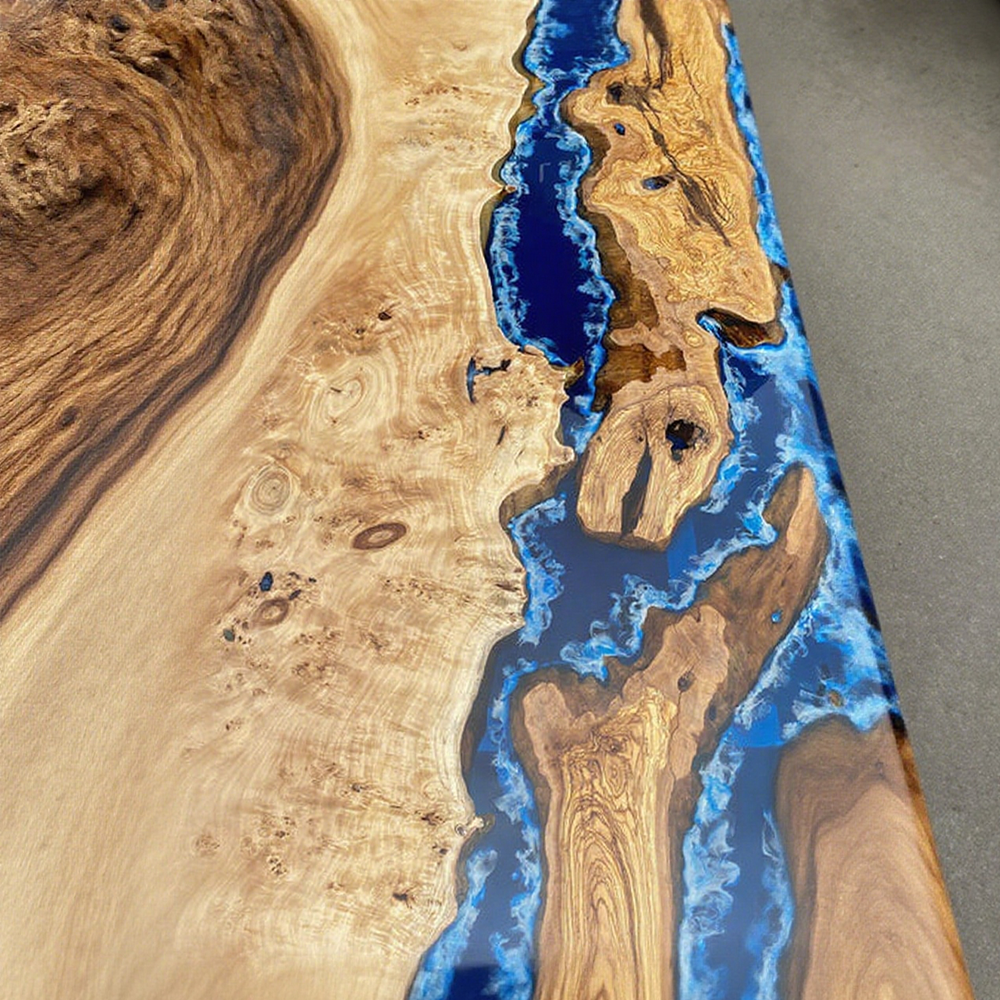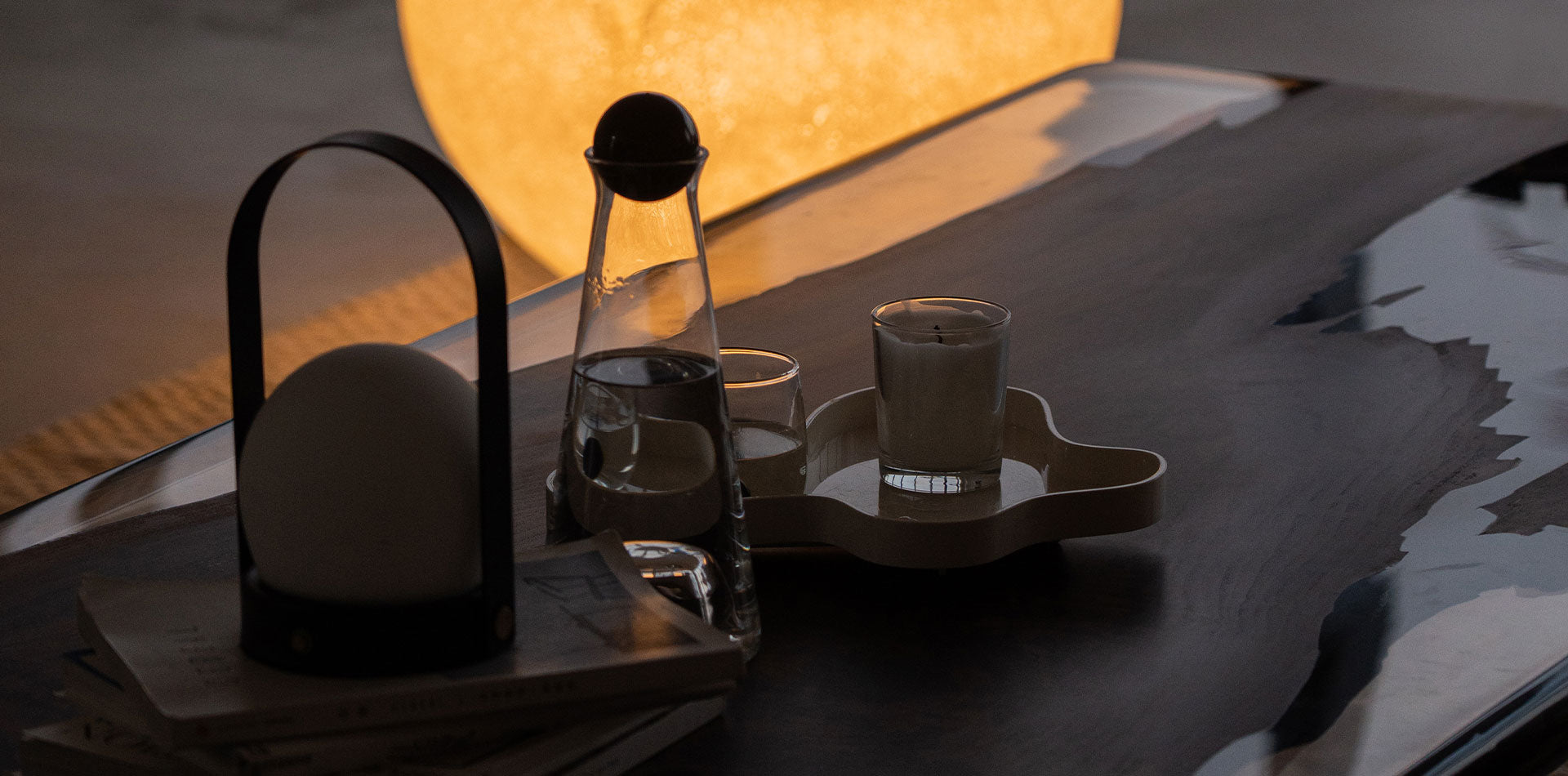There's nothing more disheartening than noticing a subtle curve or lift in the surface of your stunning epoxy river table. You invested in a piece of functional art, and now it seems to have a mind of its own. Before you despair, know this: warping is a common issue, but it's often preventable and sometimes even correctable.

Warping in epoxy tables is primarily caused by uneven stress within the material system, which consists of two components with different properties: wood and epoxy resin. The key conditions are:
1. Wood Movement (The Most Common Cause)
Moisture & Humidity Changes: Wood is hygroscopic, meaning it absorbs and releases moisture from the air.
High Humidity: Wood expands.
Low Humidity (Dry Conditions): Wood contracts.
If one side of the table is exposed to different conditions (e.g., heat from a floor vent or sunlight on the top), the wood will expand or contract unevenly, creating immense stress that can cause the entire slab to cup or bow.
2. Improper Curing of Epoxy
Exothermic Heat: Deep pours of epoxy generate significant heat as they cure. If this heat is too intense or uneven, it can:
Weaken the epoxy's internal structure.
Cause the epoxy to shrink excessively as it cools, pulling on the wood and causing distortion.
Incomplete Mixing/Curing: Incorrect resin-to-hardener ratios or insufficient mixing can result in a "soft" or "tacky" cure. This creates areas of differing hardness and structural integrity, leading to internal stresses and potential sagging over time.
3. Uneven Thickness & Asymmetric Design
Tables with significant variations in thickness or an unbalanced design (e.g., a very thick wood edge on one side and a thin epoxy river in the middle) are more prone to warping due to uneven distribution of mass and internal forces.
Don't be scared by the above reasons, this phenomenon can be remedied.
The specific operation is as follows:
STEP1: Lay the table completely flat on the ground (if possible, it is best to place it on a hard and flat surface).
STEP2: Cover the entire tabletop with a soft cotton cloth to protect the surface.
STEP3: Place hard objects heavier than the table like boxes or other sturdy objects evenly on the tabletop to increase the weight of the tabletop.
STEP4: Leave the heavy objects in place for 5-10 days. The continuous pressure can help the wood relax and return to a flatter state.
Dealing with a warped epoxy table can be frustrating, but as we've explored, it's rarely a hopeless situation. The key takeaway is that warping is almost always a battle between two forces: the natural, dynamic character of wood and the rigid, unyielding nature of cured epoxy. By understanding the common culprits—wood movement due to humidity changes, improper epoxy curing, and inadequate structural support—you are now equipped to either attempt a repair or make a more informed decision when commissioning your next piece.

If you have any other questions about epoxy resin tables, please feel free to contact us.

